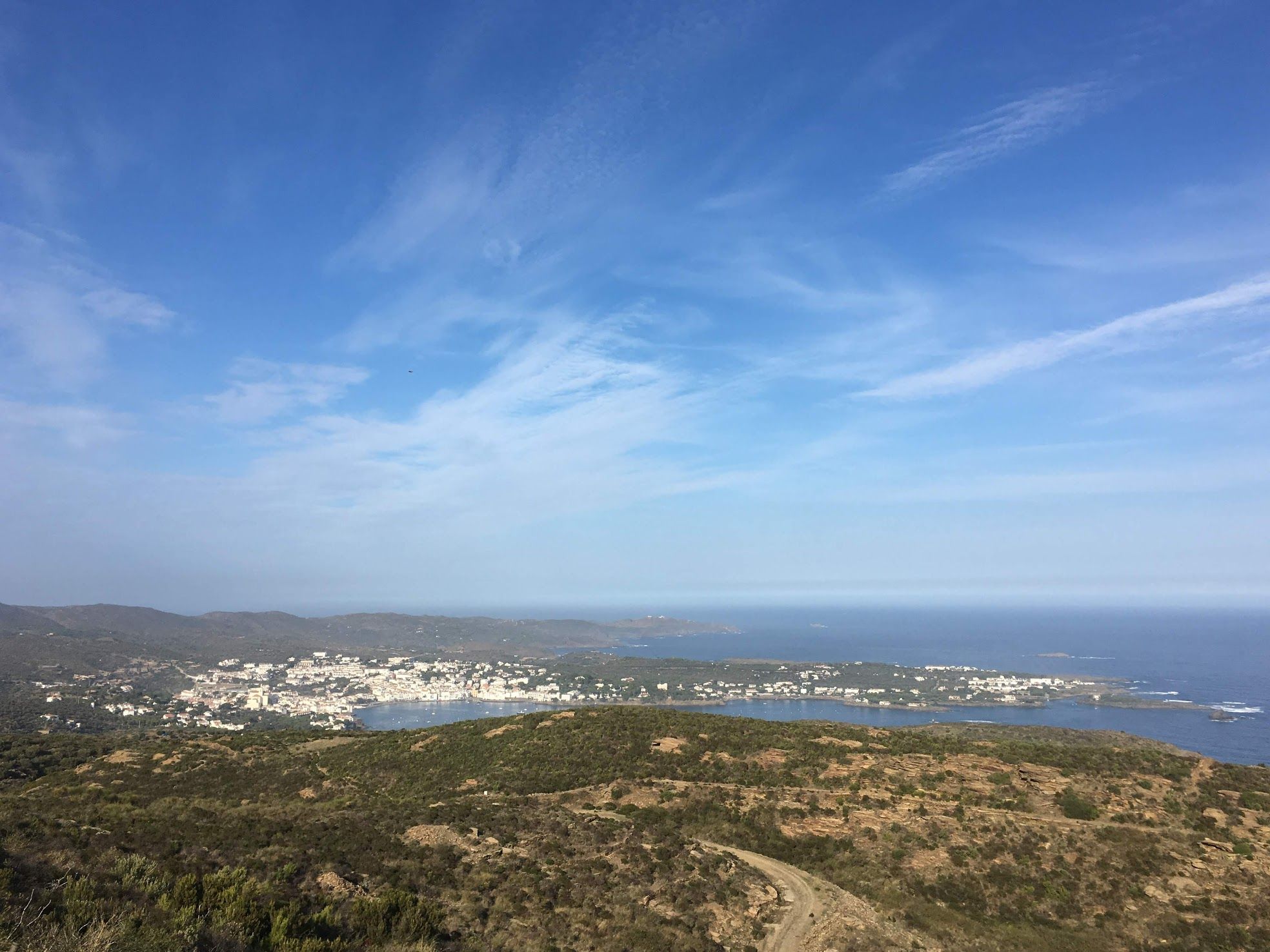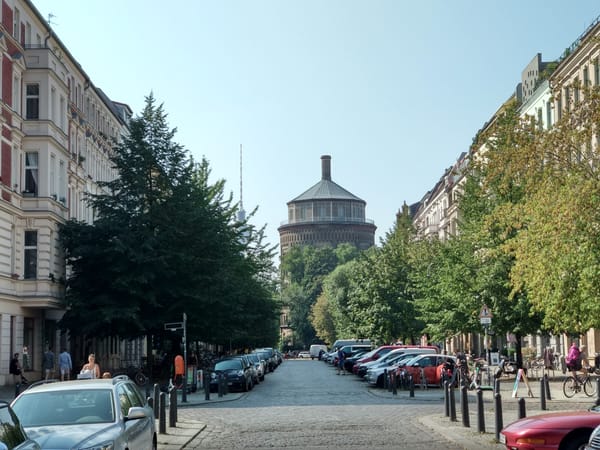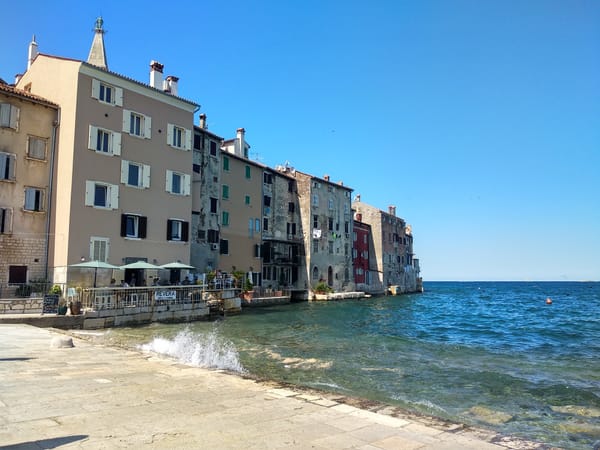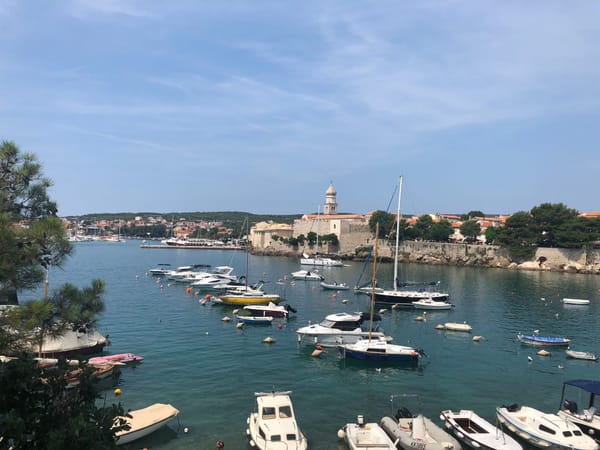The Ultimate Guide to Hiking the Costa Brava on the Caminos de Ronda
The Caminos de Ronda (or Camins de Ronda in Catalan) is a coastal hiking route in Catalonia, the North-East corner of Spain. It is approximately 200km in length and stretches from the first rock on the Costa Brava in the seaside resort of Blanes to the French border at Portbou.

About this Guide
Table of Contents
Hike overview
- What are the Caminos de Ronda?
- Our hiking experience
- Why do the hike?
- How long does it take?
- How difficult is hiking the Costa Brava?
- Highlights
- The Route and Distances
- Recommended Day Hikes
Route logistics
- How to get to the Costa Brava
- Where to stay
- Navigation
- Resources
- When to go
- What to pack
- What to eat on the hike
- Organized tours and Luggage Services
Hike Overview
What are the Caminos de Ronda?
The Caminos de Ronda (or Camins de Ronda in Catalan) is a coastal hiking route in Catalonia, the North-East corner of Spain. It is approximately 200km in length and stretches from the first rock on the Costa Brava in the seaside resort of Blanes to the French border at Portbou. It is formed by a series of old fishermen's trails along the coastline and is part of the much longer GR92 trail which stretches further South than Barcelona.
This hike is the perfect way to explore the Costa Brava region, from the touristy towns in the south to the wild coast and windswept beaches of the North. If you are looking for an active trip that gets you away from the crowds, yet is very accessible, then this hike might just be for you.
Our hiking experience
My boyfriend and I hiked the Caminos de Ronda in October 2017. We had lived in Barcelona for a year but had barely visited the Costa Brava, so we wanted to spend some time seeing what it had to offer. We both liked hiking but had never done much more than a weekend hiking trip before. Although it was tiring and quite hilly (there are a lot of steps up and down the cliffs), it was one of the best trips either of us have ever been on. We found there was something about moving through the landscapes for days on end at walking speed that was incredibly absorbing and rewarding.
I wrote this guide because when we started planning our trip we found there was very little information about the hike online in English, and most of the information that was out there was from tour companies trying to sell an expensive trip.
Why do the hike?
There are so many reasons to chose from. First of all, it's spectacular. The route passes through national parks like this:
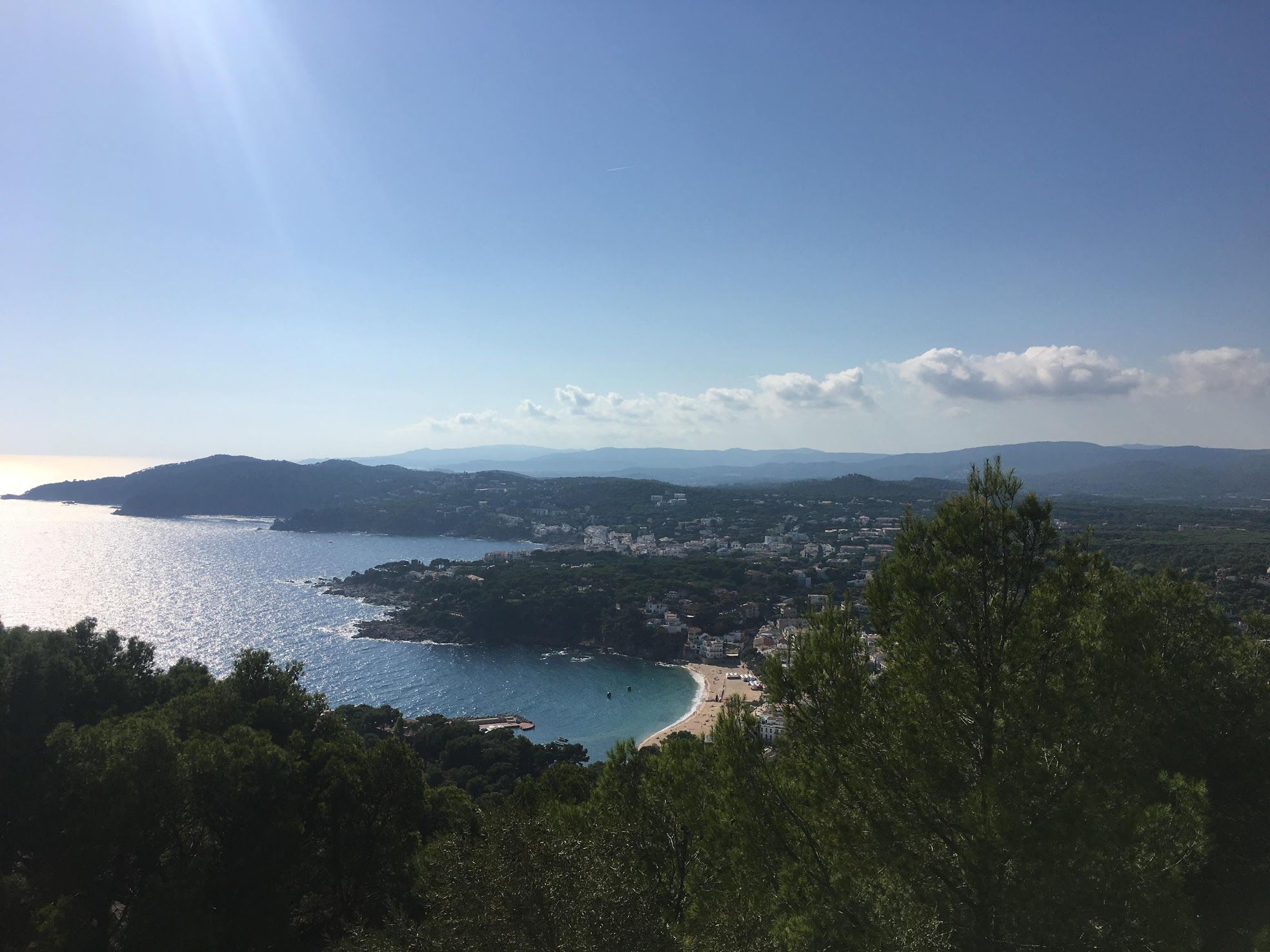
The terrain is varied, from the flat expanse of the Bay of Roses to the foothills of the Pyrenees, to quaint little fishing villages, there is always something new to see.
For hikers who prefer a more relaxed trip, there are plenty of towns and villages on route, which means there are tonnes of opportunities for sightseeing, to have a nice dinner after a long days hike, grab a coffee in a morning, and stay in a hotel if camping isn't your thing.
The hike is through a region which takes its gastronomy seriously. If you like good food and delicious wine, you won't be disappointed.
For people outside of Spain, the Costa Brava has a somewhat tacky reputation, but hiking along the coastline reveals just how wild and beautiful it still is outside of the lively resort towns.
How long does it take?
As with any hiking trail, you can start and finish it at any point depending on how many days you have available. If you are staying Barcelona, it would be easy to do one or two of the sections on a weekend. However, to complete the whole trail allow at least ten days.
We spent twelve days hiking, taking a day off for rain and adding an extra day to cross over the border into France.
With regards to planning for weather, bear in mind that the area is prone to thunderstorms all year round and you most likely would have to take a day off from hiking if there is a storm.
How difficult is hiking the Costa Brava?
The trail varies in difficulty depending on the section you do. The lengths were between 15km and one particularly grueling day of 30km across the Bay of Roses (it is entirely flat though). To do the trip in ten days, you will walk around 23km per day. However, the Costa Brava is rocky, so although you don't climb (many) big hills, you still end up going up and down a lot of steps.

If you have the luxury of more time, or don't fancy such a distance each day, you could hike half the distance and stop at lunch time. There is always plenty to do and see in the towns en route, or, "worst" case scenario, you can always hit the beach.
Highlights
Here are some of the highlights from our Costa Brava trip:
Getting an English Breakfast in Lloret
Lloret del Mar is definitely not the most beautiful spot on the Costa Brava. One of Spain's original package holiday destinations, it's full of cheap hotels, cheap bars and tacky shops. It was never high on my list of destinations to visit, but since we were hiking through it, we decided to stop for a spot of lunch, and, since we were in Lloret, we decided to go to a British pub. Being on a Spanish hiking holiday and stopping in a pub for an English breakfast is something we won't forget any time soon.
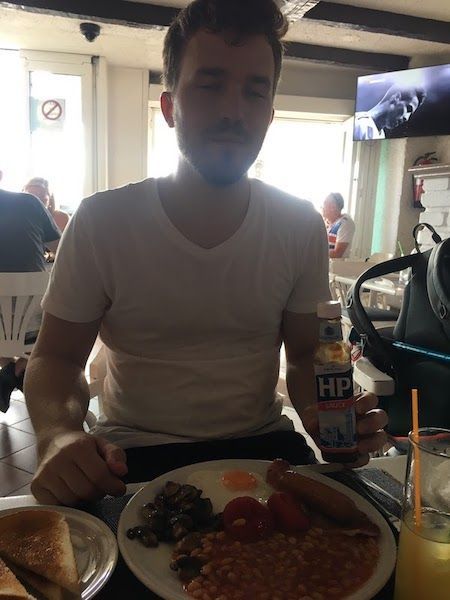
The ridiculous houses near Sagaro
There are a lot of fancy houses on the Costa Brava, so naturally we spent a lot of time discussing our favourite pieces of real estate. I can tell you with authority, if you are looking for a house that makes a statement, you should go house shopping neer Sagaro. This stretch of the coast is home to the most enormous Roman style villas, all dripping with marble and with some pretty fine swimming pools. The coastal path here is a right of way along the seafront in front of the houses, so you get a much better view of the opulent gardens and buildings than you might expect. There is just the odd section where owners have tunneled the footpath into the rock underneath their houses to stop us plebeians spoiling the view!
Platja de Castillo
Most of the beaches on the Costa Brava are stony, and the few sandy ones are heavily developed, with the exception of Platja de Castell. Conservation groups lobbied to stop development of this beach and the result is a lovely wide sandy beach surrounded by pine trees. The fact that you arrive by walking past tiny hamlet Cala S'Alguer, all white houses, brightly painted doors and fishing boats, only adds to the rustic feel.
Arriving at a completely deserted cove
We had hiked all day through busy fishing villages, up a hill to a lighthouse, and then started to descend following a stream through some woods towards the coast. All of a sudden we hit the bottom and the trees ended. We found ourselves on a tiny rocky beach called Cala Pedrosa, sandwiched between some cliffs with no road access. There were a couple of stone buildings but the place was deserted. It was a lovely serene moment. During the summer there is a restaurant on this cove, and it would be an amazing place to stop for lunch.
Cadaques
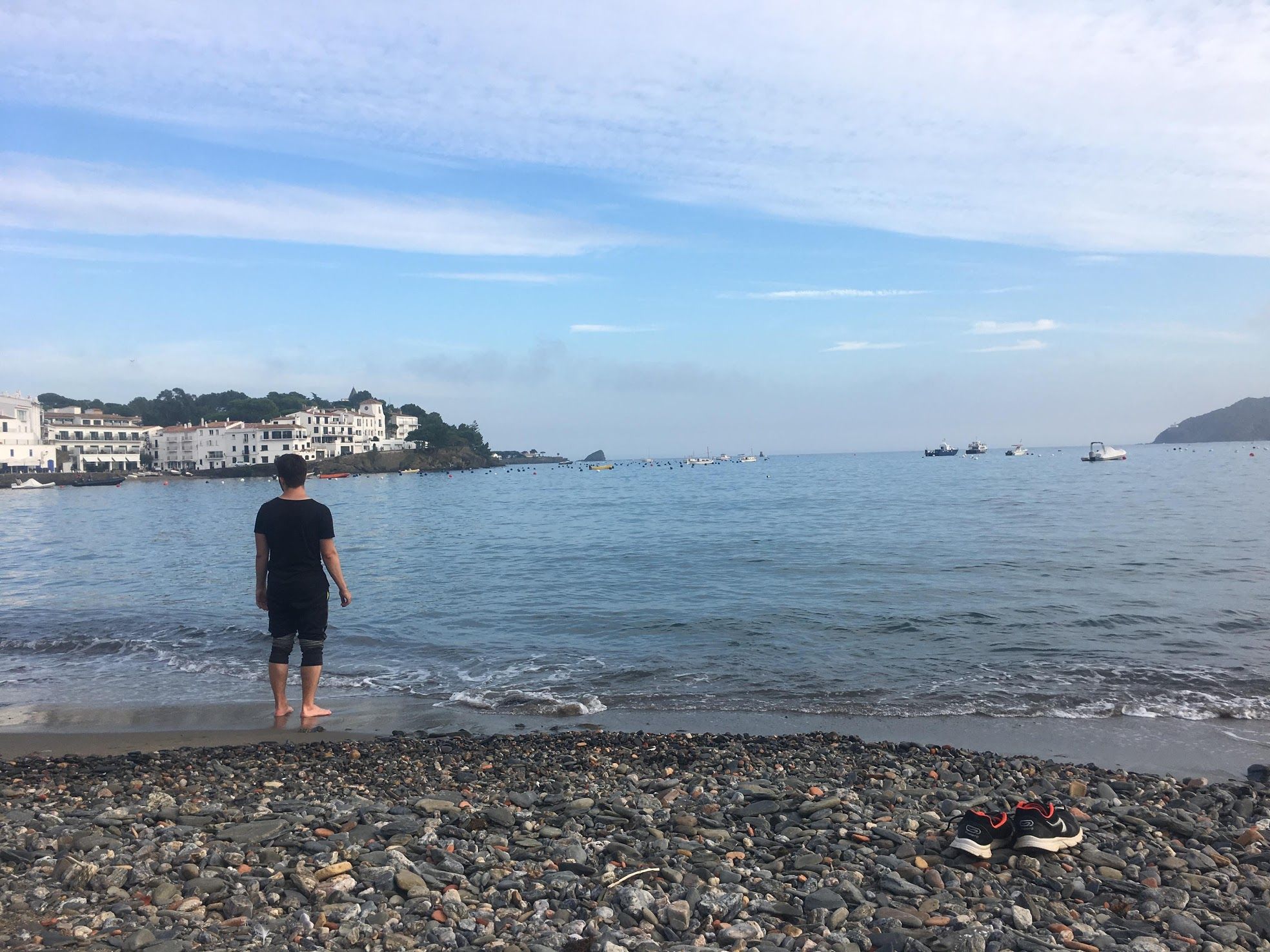
Cadaques is known for being the place where Salvador Dali lived, and when you arrive there, you can see why. The town is jammed between the sea and the hills behind - a maze of narrow streets and whitewashed houses, and in bad weather it feels very wild and remote as the waves lash against the walls of the buildings. It was unlike any other town on the Costa Brava we visited.
It's bohemian reputation means the streets are full of artistic shops and nice cafes. We had a great time exploring this place and would be a great spot to spend a rest day to visit the Dali house just outside of town.
Crossing the border into France
It felt surprisingly emotional to cross over the border on the final day of our hike. The route traces the path that Spanish refugees took to escape during the Civil War in the 1930s, and there is a memorial at the border, which is at the top of a hill. We felt like we had come a long way in twelve days, and it was exciting to cross into France. It's also quite odd how abruptly the language switches from Spanish to French!

As this was the final day of our hike, we made sure to take advantage of being in France to stock up on some French cheese and wine. They make a delicious cheese in that region called Tomme de Pyrenees. Definitely pick some up if you are passing through!
The route and distances
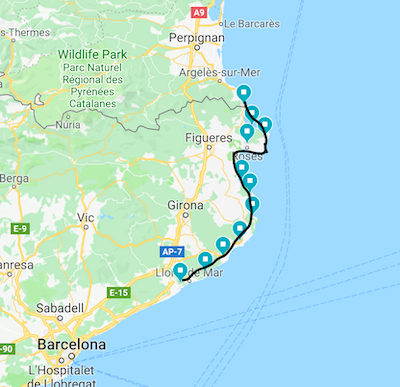
Day 1: Blanes to Tossa del Mar - 15km
Day 2: Tossa del Mar to Sant Feliu de Guixols 20km
Day 3: Sant Feliu de Guixols to Palamos 18km
Day 4: Palamos to Begur 23km
Day 5: Begur to L'Estartit 21km
Day 6: L'Estartit to L'Escala 14km
Day 7: L'Escala to Roses 31km (it is entirely flat though!)
Day 8: Roses to Cadaques 23km
Day 9: Cadaques to El Port de la Selva 24km
Day 10: El Port de la Selva to Portbou 18km
We also did an extra day to cross over into France
Day 11: Portbou to Banyuls sul Mer 14km
Recommended Day Hikes
If you have a limited time to visit the Costa Brava, but would like to hike a stage or two, it is very easy to do as a day hike. These are the stages I would recommend:
For Pictureque Villages:
Palamos to Begur
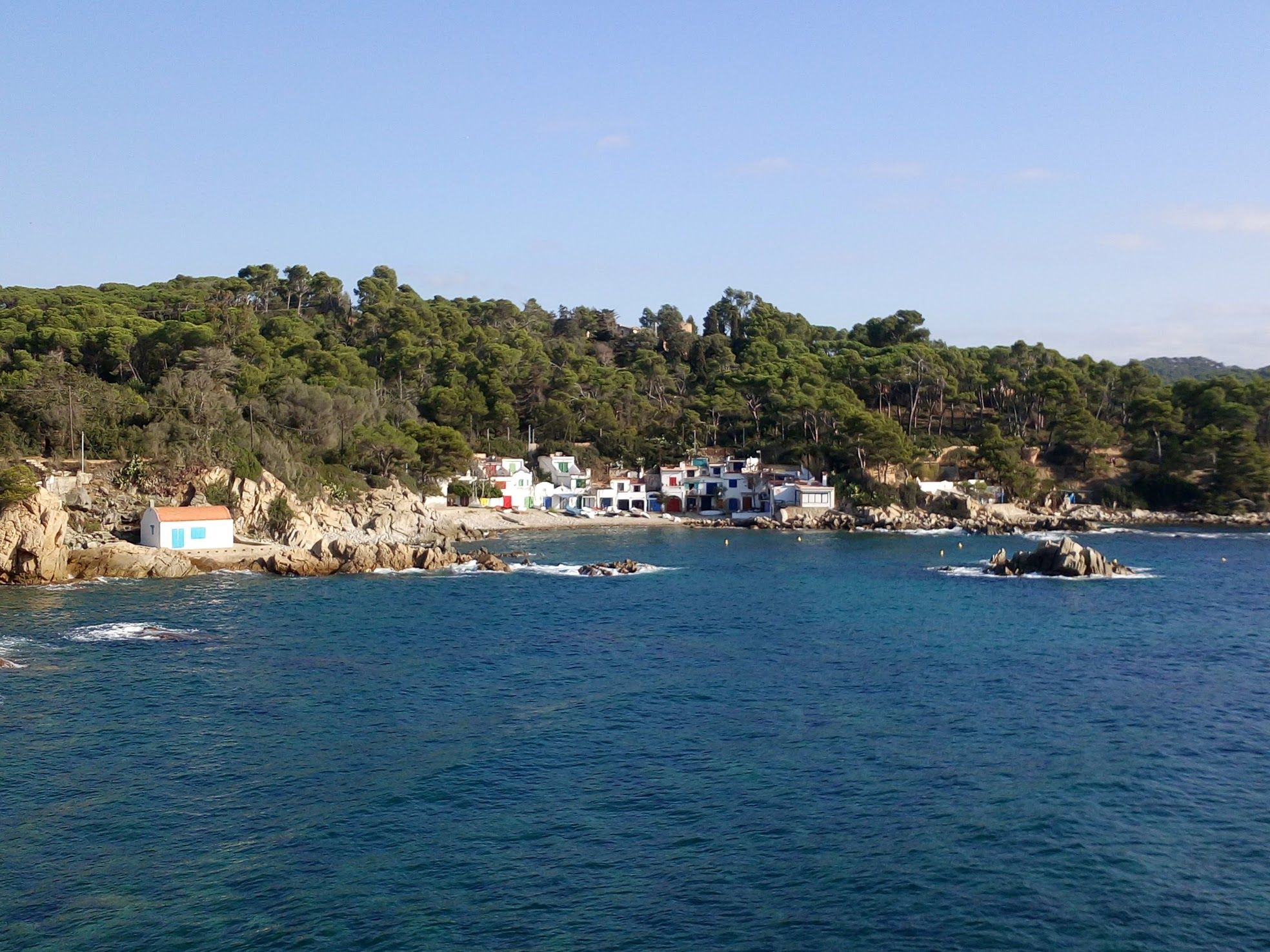
This is the route that goes through the hamlet of Cala S’Alguer and the natural beach Platja del Castell. It also goes through three small towns called Calella de Palafrugell, Llafranc and Tamariu which are the kind of picture perfect old fishing villages you hope to see on the Costa Brava, as well as past San Sebastian Lighthouse, which has a great view of the coast.
For the Wild Costa Brava:
Roses to Cadaques
This section is the start of the Cap De Creus national park and the wilder north of the Costa Brava. The path winds along the jagged coast in between trees, taking you to a lovely quiet beaches and coves and past the former site of world reknowned restaurant El Buli. The descent into Cadaques takes you past rows and rows of ancient olive groves. It feels much more remote than the previous stages, perfect for a hike to escape the crowds on other areas of the coast.
Route Logistics
How to get to the Costa Brava
Mass tourism means that public transport to the Costa Brava is easy to come by.
By air:
Catalonia has two international airports - Barcelona is one of Europe's big hubs, with plenty of low cost and international flights. Girona Costa Brava Airport is a smaller airport, mostly used by Ryanair, but it still has good bus transport links to the coast.
By rail:
If you hike from South to North, there is a train directly from Barcelona to Blanes. There is also a station at Portbou which connects with Girona.
By bus:
There is a local bus service which runs between many of the towns on the Costa Brava and Barcelona. There are also several companies which do airport transfers.
Where to stay
Camping:
There are campsites all the way up the Costa Brava. However, if you go early or late in the year, as we did, some might be closed. If you are going out of season it's better to check in advance that they are definitely open rather than turn up and get a nasty surprise. Most campsites do have their opening hours on the website.
The other thing to note is that the campsites on the Costa Brava are often more like holiday resorts, catering to motor homes and families staying for a week or two. This means they often have quite extensive facilities like swimming pools, but also, to rent a plot for one night is not as cheap as you might expect.
If you were considering wild camping, bear in mind it is illegal in Spain. Also, the Costa Brava is a fairly well populated area and prone to wildfires. I would definitely stick to campsites for these reasons.
Hotels:
You are really spoiled for choice with hotel options. If you want to relax in the lap of luxury after a hard days hike, there are plenty of options to do that. Equally, you can stay in cheap "pensions" for not much more than the price of a campsite, particularly during the off season. We ended up doing this quite a lot of our hike, despite having a tent!
Navigation
The route is well marked, the paths are maintained properly and we rarely got lost on our hike. The path almost follows the red and white GR92 trail signs.
Having said that, I recommend downloading the WikiLoc app on your smartphone to use as a backup for navigation. It's really an excellent app and there are plenty of user uploaded Camino de Ronda routes on there.
Resources
Maps and Guidebooks
We struggled to find a lot of information on the Camino de Ronda in English - there are a lot more resources in Spanish and Catalan. However, we did find this excellent guidebook.
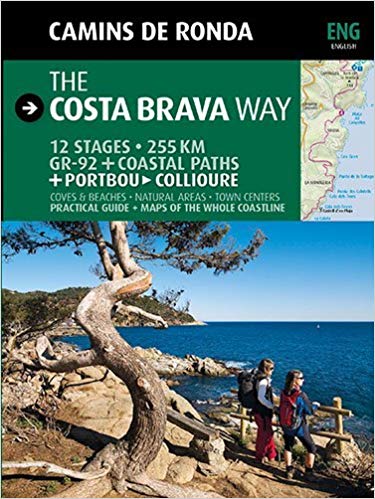
Walking the Costa Brava Way was an invaluable resource for our trip.
The book has 14 sections, and each is a day hike – the 12 stages of a Caminos de Ronda, plus two bonus stages across the French border. Each section gives an overview of the route, time estimate, points of interest, and information about the towns you go through. It includes relief maps of the walking routes, and detailed town maps. It lists restaurant, hotel and camping recommendations for all budgets. It also gives some harder and longer options for hikers who feel the recommended routes are not long enough, however we tried one of the "options" on the first day and were so exhausted that we stuck to the "basic" version for the rest of the hike.
Some reviews of this book mention that the maps aren’t very detailed. It’s true, but the entire walk is very well signposted. I found them to be detailed enough without buying a hiking map to go with it, which was lucky because I couldn't find a paper map of the whole route anyway!
Other Resources
I'm a podcast addict and I found a very enjoyable episode of Amateur Traveler Podcast which does an in-depth interview with a lady who did the hike with her father. I highly recommend listening to it if you are thinking about doing this trip.
When to go
The best time of year to hike the Costa Brava is Spring between April and June or Autumn in September and October. The reason for this is it's not too hot and there are less tourist crowds. We went right at the very end of October, just before the clocks changed.
It would also be possible to do the hike in winter but I wouldn't recommend it for a few reasons:
- some of the day hikes are quite long and it might be a struggle to finish before it gets dark.
- in the smaller towns a lot of the restaurants and campsites will be closed because it is out of season
- the weather is more variable in winter. There are a lot of sunny winter days in Spain, but it's more likely to be cold and rainy in winter than at other times of year. The route goes along some quite exposed areas of the coastline which aren't much fun to hike in bad weather.
What to pack
Less is definitely more. If you are carrying your things with you, even if you are planning on camping I recommend not taking too much equipment. In particular, don't take too much food and cooking materials. We carried a camping stove and pan, a coffee maker, coffee and a bag of couscous all of the way up the Costa Brava and didn't use any of it. The reason for that is there are so many cafes and bakeries en route, you are rarely far from food.
I didn't have a good set of hiking boots in Spain so hiked the whole thing in my running shoes, and I didn't have any problems. If the weather had been worse it might have been nice to have waterproof shoes but we took a rest day the one day it rained.
Also, don't forget your swimming gear to try out some of the beautful beaches you will pass!

What to eat on the hike
The Costa Brava is a gastronomic delight if you like seafood and wine.
Every morning we would go to a cafe in whichever town we stayed in for a coffee and fresh croissant. Next, we would head to a bakery (panaderia). They are ubiquitous in all Spanish towns, and even if it's not obvious they serve sandwiches (bocadillos), they can almost always make one to take away if you ask. This would be our lunch for the day.
In the evenings, most restaurnts have some kind of a daily set menu. It's usually inexpensive and is a subset of the main menu. For around €15-20 per person you can get a drink, bread, starter, main course and desert or coffee. We found that as a couple, if we both ordered a glass of wine, they often gave us the bottle. After a full day hiking on the Costa Brava, we were always starving, so tucking into the menu del dia was just what we wanted to do.
There is one town on the hike which has a famous delicacy. L'Escala is renowned for it's anchovies and even has an anchovy museum. It would be a mistake to pass through here without sampling an anchovy or two.
Organized tours and luggage services
If you don't fancy hiking with a pack , there are few companies who will do luggage collection and organize the trip for you.
- Cami de Ronda, which offers a four day section of the hike with accommodation and luggage service
- Costa Brava Walks is a more customizable accommodation and luggage service

